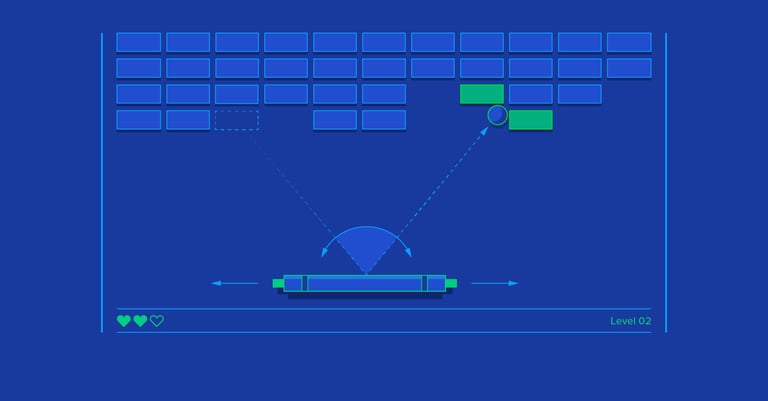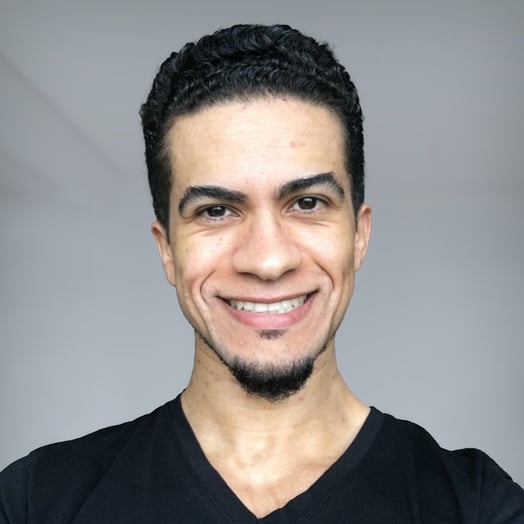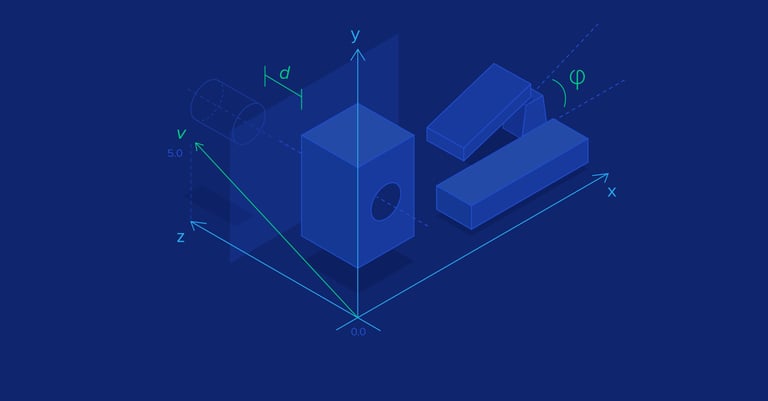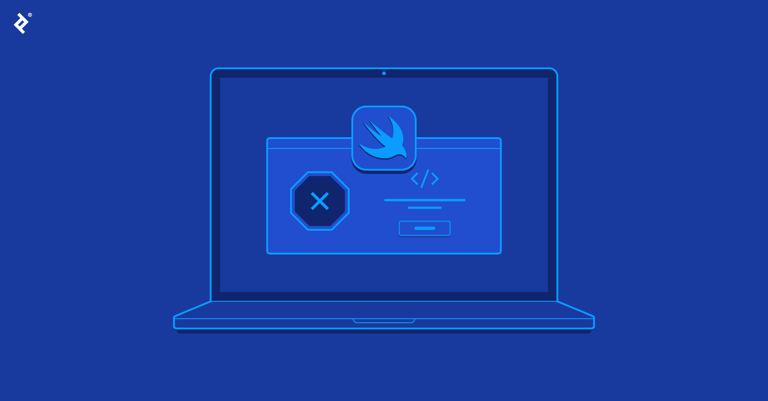

Nilson Souto
Verified Expert in Engineering
iOS Developer
Nilson started programming in C/C++ after playing video games for the first time at a young age. Over the last few years, he has worked on iOS applications mostly, and he's now focusing on game development, computer graphics, physics simulation, and vehicle simulation. He's also a 2D/3D technical artist.
Portfolio
Experience
Availability
Preferred Environment
Sketch, ITerm, Atom, Git, Xcode, MacOS, Visual Studio Code (VS Code), Adobe Photoshop, Blender
The most amazing...
...software I've made is a real-time simulator of deformable solids in 3D using the finite element method.
Work Experience
Freelance iOS Developer
Xissburg
- Developed applications for iPhone and iPad with customized user interfaces leveraging UIKit, animations, and transitions.
- Implemented geolocation services in iOS apps.
- Maintained open-source projects on GitHub.
- Taught online courses using the Edukee platform, targeted specifically at game development and computer graphics for iOS, using Cocos2D and Box2D, among other tools and frameworks.
- Presented talks at a number of events.
- Implemented custom photo and video filters using OpenGL and AVFoundation.
- Created an maintained the back end of iOS applications running on AWS EC2.
- Began working on a driving/racing game with a focus on realistic vehicle simulation, using C++ and Qt for tools.
iOS Developer | Photo/Video Manipulation
Tessa Barton LLC
- Developed an app focused on image and video editing, which leveraged advanced AVFoundation features.
- Developed a small back end that required using the server-side Swift.
- Worked on fixing bugs reported by the many users of this app.
iOS Developer
Gonow
- Developed and maintained a variety of iOS applications.
- Developed a home automation app which allows users to control devices in their homes/offices and access live camera feeds.
- Wrote code to communicate with SOAP and REST web services.
- Wrote an interactive page-flipping algorithm for iPad eBooks. Derived the formulas to implement said algorithm, and used Core Graphics and Core Animation to achieve the desired effects.
- Set up physics simulations for a variety of scenes in a digital book using the Box2D physics engine.
Mobile Developer
Lab360
- Developed applications that communicate with REST web services and actively use push notifications.
- Set up physics simulations for a variety of scenes in a digital book using the Chipmunk Physics engine.
- Wrote a polyline drawing optimization algorithm using a quadtree in order to draw a route on a map, supporting polylines of over 10,000 vertices in real time.
- Developed some 3D applications and demos for iPhone and iPad using the Cocos3D engine.
- Developed a couple HTML5 graphics samples using its new (at the time) 3D features.
Experience
Edyn | Real-time Physics Engine Organized as ECS
https://github.com/xissburg/edynFotoZap
https://picturemarketing.com/apps/Elevatr (previously Docz)
I also wrote and managed the Parse back-end using JavaScript and Node.js.
SplashCam
Pergunter
1000 Images
Pix apps
Olimpíadas 2012
Marina de la Riva
Menino Maluquinho
A menina do Nariz Arrebitado


Video Game Physics Tutorial - Part III: Constrained Rigid Body Simulation

Video Game Physics Tutorial - Part I: An Introduction to Rigid Body Dynamics

The Mistakes Most Swift Developers Don't Know They're Making
Skills
Languages
Swift, C++, Objective-C, C, GLSL, C++17
Frameworks
Bullet, Box2D, UIKit, Core Data, Qt, Cocos2d, Cocos3d, Chipmunk, OGRE
Libraries/APIs
Core Animation, Core Graphics, OpenGL, OpenGL ES, Parse SDK, Core Image
Tools
Adobe Photoshop, Git, Xcode, 3ds Max, Blender, Sketch, Atom, ITerm, Photoshop 2018
Paradigms
Object-oriented Programming (OOP), Concurrent Programming, Scrum, Functional Programming
Platforms
MacOS, iOS, Linux, Android, Visual Studio Code (VS Code)
Other
3D Modeling, AVFoundation, Physics Simulations, 3D Animation, Computer Graphics, Machine Learning, Game Development, 3D Graphics, Image Manipulation, Video Editing, Physics, Game Physics
Storage
SQLite, PostGIS, PostgreSQL
Education
Bachelor's Degree in Science and Technology
Universidade Federal do ABC - Santo André, Brazil
Bachelor's Degree in Computer Science
Universidade Federal do ABC - Santo André, Brazil
How to Work with Toptal
Toptal matches you directly with global industry experts from our network in hours—not weeks or months.
Share your needs
Choose your talent
Start your risk-free talent trial
Top talent is in high demand.
Start hiring